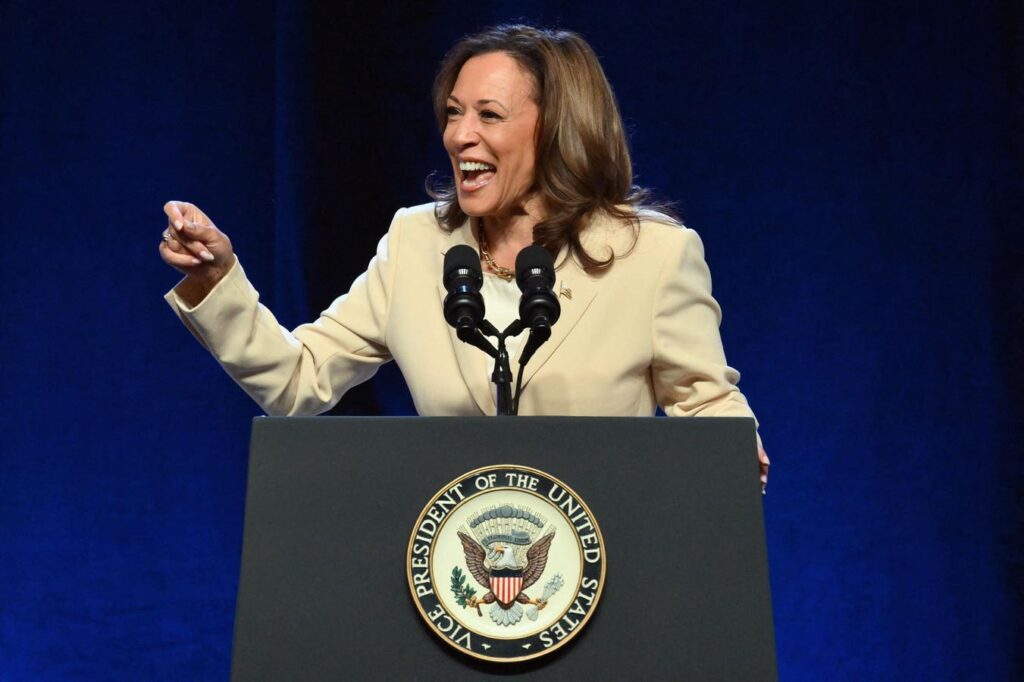On June 21, 2024, Vice President Kamala Harris made headlines by proposing a transformative policy: allowing traditional Medicare to cover personal assistance and long-term care at home. This initiative, if realized, would mark a significant shift in the longstanding division between Medicare and long-term care services, which have primarily been covered by Medicaid and certain managed care plans. Harris’s proposal aims to address the needs of aging Americans and their families by extending government support beyond the limitations of current programs, which primarily focus on low-income individuals.
During her appearance on “The View,” Harris shared her personal experience as a caregiver for her mother, highlighting the emotional weight that caregiving imprints on families. While her proposal suggests expanding Medicare to include in-home health care, the differentiation between existing home health care coverage and the envisioned long-term care services implies a more comprehensive support system. However, despite the enthusiasm surrounding her initiative, Harris has not provided specifics on eligibility, covered services, or how the program would operate in conjunction with existing solutions like Medicaid or private insurance. Her only indication of funding involves savings from proposed drug price negotiations, but this leaves many unknowns regarding the financial viability of her plan.
To understand the potential implications of Harris’s initiative, one can examine two recent papers from influential policy experts closely tied to Democratic lawmakers. The first paper, published by the Brookings Institution, proposes that Medicare’s long-term care benefit potentially cover individuals needing assistance with daily activities and be economically tiered based on beneficiaries’ income and assets. Only care provided through licensed agencies would be eligible, ensuring a level of oversight and quality control. The authors of this paper include notable figures in health policy who have previously worked with key Democratic leaders, suggesting a robust foundation for a broader policy discussion.
Conversely, the second paper from Georgetown University expands the scope of Harris’s potential plan to include those with lower assistance needs and family support mechanisms, alongside recommendations for investing in the caregiving workforce. This shows a dual focus not only on direct benefits to individuals requiring assistance but also on bolstering the system that supports them. The workforce investment aspect is crucial as it raises the prospect of enhanced compensation and opportunities for caregivers, which could help address shortages in this vital sector of the healthcare system.
By positioning her initiative as a significant departure from existing proposals, Harris seeks to garner support from a swath of family caregivers who may face overwhelming burdens. Previous efforts under the Biden Administration to increase Medicaid funding for long-term care met setbacks in Congress, revealing the complexities of enacting large-scale healthcare reforms. While Biden initially pushed for a $400 billion commitment over ten years, even a revised $150 billion proposal failed to gain traction. Harris’s approach diverges from simply bolstering Medicaid; instead, it aims to forge a new path by integrating long-term care into the Medicare framework.
Though Harris’s proposed Medicare long-term care benefit is ambitious and potentially game-changing, various challenges must be addressed. For example, traditional Medicare does not currently cover long-term care broadly, with only limited options available through Medicare managed care plans. A recent effort from the Biden Administration to introduce a program that offered care navigation services to those with dementia was modest and narrowly focused, underscoring the difficulty of expanding Medicare’s role. Harris’s vision must, therefore, contend with the intricacies of delivery and implementation to avoid pitfalls such as unmanageable costs or ineffective services.
Ultimately, the success of Kamala Harris’s proposal hinges on developing a clear and actionable plan that delineates the parameters of eligibility, benefit structures, and financial sustainability. As she seeks to resonate with millions of Americans who juggle caregiving responsibilities, articulating a feasible framework for this ambitious long-term care initiative will be crucial. While introducing a Medicare-funded long-term care benefit could herald a profound shift in federal policy, careful design and consideration will be essential to ensure that it is both effective and equitable. As of now, the political and practical pathways that Harris might pursue remain uncertain, leaving many questions unanswered regarding the future of long-term care in the U.S.

